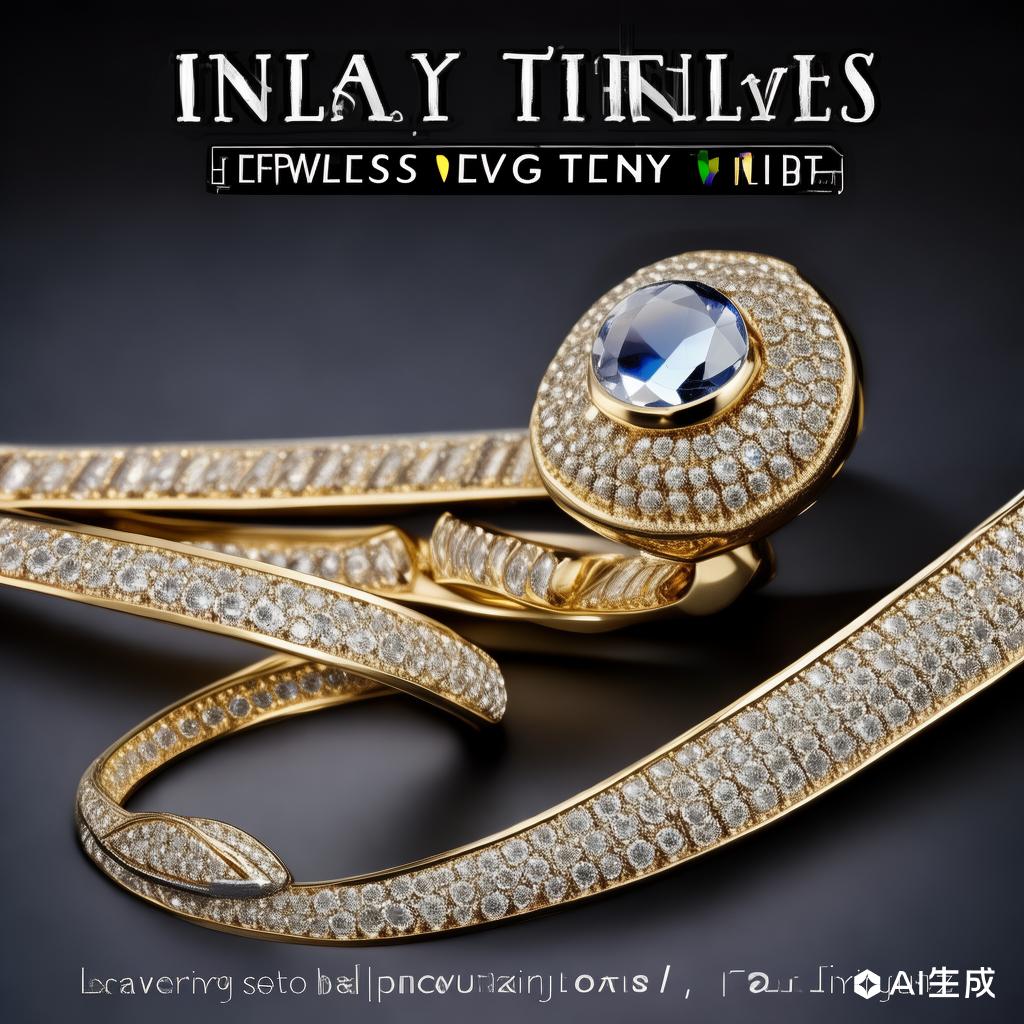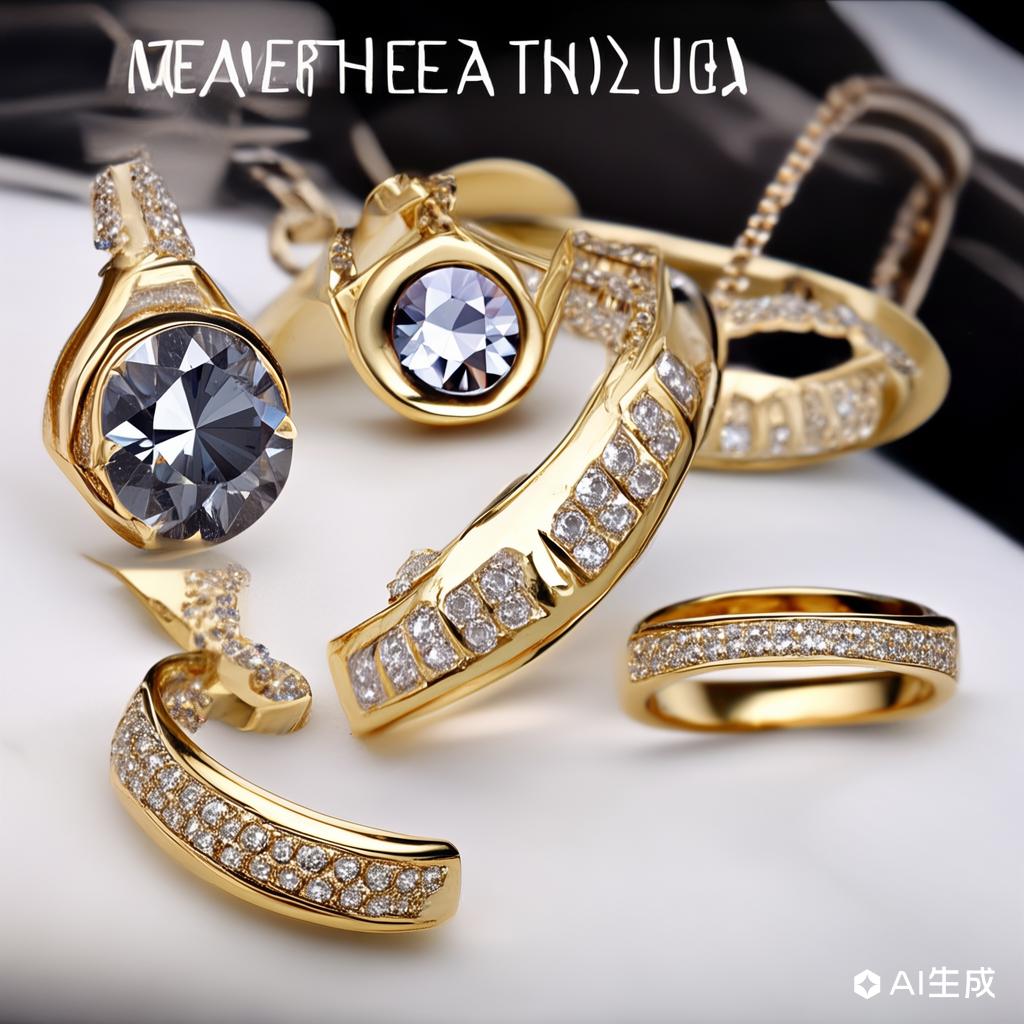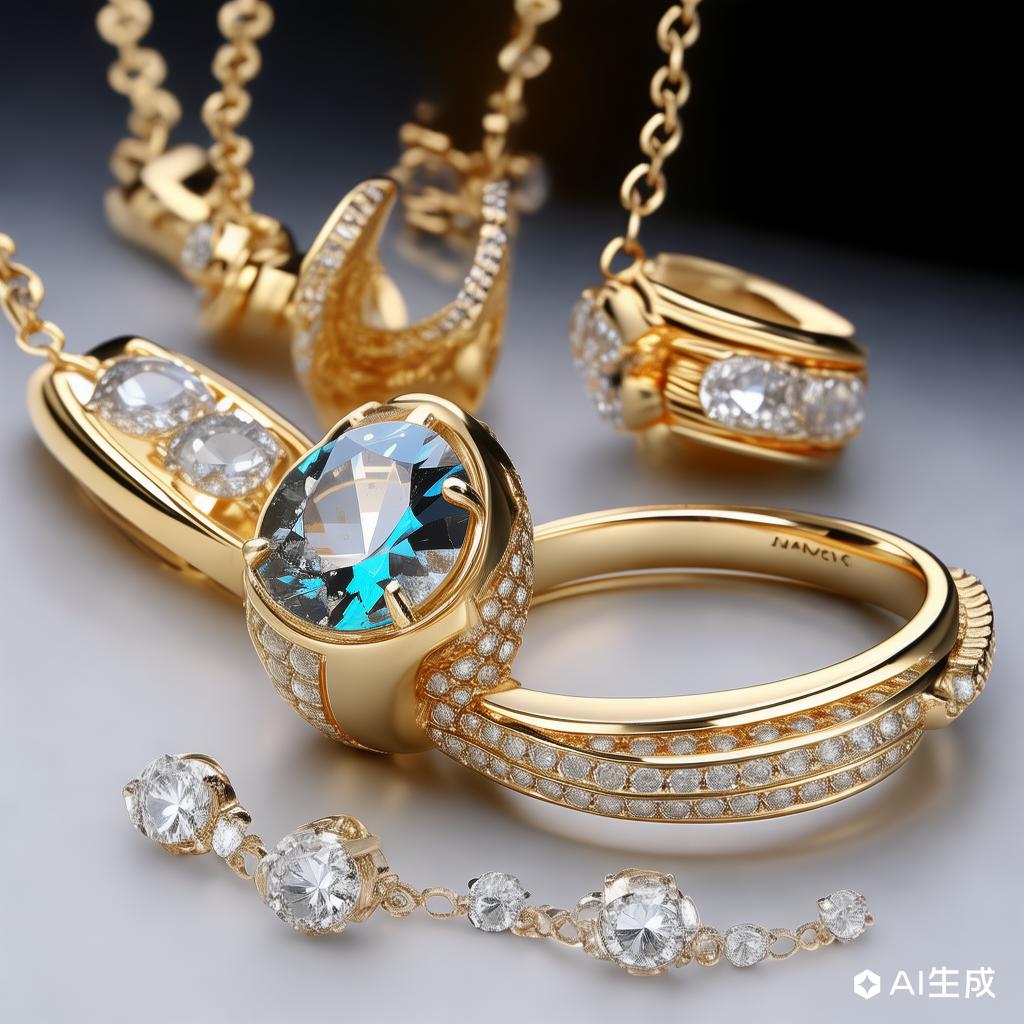Mastering Jewelry Inlay Techniques: A Comprehensive Guide
Share



Jewelry inlay methods have been an integral part of the jewelry-making process for centuries, adding both aesthetic appeal and value to pieces. Whether you are a seasoned jeweler or a hobbyist, understanding these techniques can elevate your craftsmanship. This guide delves into the various inlay methods, their applications, and tips for achieving flawless results.
### Understanding Jewelry Inlay
**What is Jewelry Inlay?**
Jewelry inlay refers to the process of embedding materials such as gemstones, metals, or other decorative elements into the surface of a jewelry piece. This technique not only enhances the visual appeal but also adds a unique touch to each creation.
### Common Inlay Methods
1. **Channel Inlay:**
- **Description:** This method involves creating channels or grooves in the metal where the inlay material is set.
- **Applications:** Commonly used in rings, bracelets, and pendants.
- **Tips:** Ensure the channels are perfectly sized to hold the inlay material securely.
2. **Bezel Setting Inlay:**
- **Description:** A bezel is a thin strip of metal that surrounds the inlay material, holding it in place.
- **Applications:** Ideal for gemstones and cabochons.
- **Tips:** Smooth the edges of the bezel for a polished finish.
3. **Pavé Inlay:**
- **Description:** Tiny gemstones are set closely together, creating a "paved" appearance.
- **Applications:** Popular in engagement rings and luxury jewelry.
- **Tips:** Use precision tools to ensure each stone is evenly spaced.
4. **Prong Setting Inlay:**
- **Description:** Metal prongs hold the inlay material in place, allowing maximum light exposure.
- **Applications:** Often used for diamonds and other transparent gemstones.
- **Tips:** Ensure the prongs are securely fastened to prevent the inlay from loosening.
### Tools and Materials
- **Precision Tools:** Jewelers’ saw, files, and bezel pushers.
- **Inlay Materials:** Gemstones, metals, and synthetic materials.
- **Adhesives:** Epoxy resins for securing inlays.
### Step-by-Step Guide to Inlaying
1. **Design Planning:**
- Sketch your design and decide on the inlay method.
- Choose the appropriate materials and tools.
2. **Preparing the Base:**
- Cut and shape the metal base according to your design.
- Create channels or settings for the inlay material.
3. **Setting the Inlay:**
- Carefully place the inlay material into the prepared setting.
- Use adhesives if necessary and ensure a tight fit.
4. **Finishing Touches:**
- Smooth any rough edges and polish the piece.
- Inspect for any loose inlays and make necessary adjustments.
### Tips for Success
- **Precision is Key:** Measure and cut accurately to ensure a perfect fit.
- **Practice Makes Perfect:** Experiment with different materials and techniques.
- **Safety First:** Always wear protective gear when working with tools and materials.
By mastering these inlay methods, you can create stunning jewelry pieces that stand out. Whether you prefer the classic elegance of channel inlay or the intricate beauty of pavé, each technique offers endless possibilities for creativity.